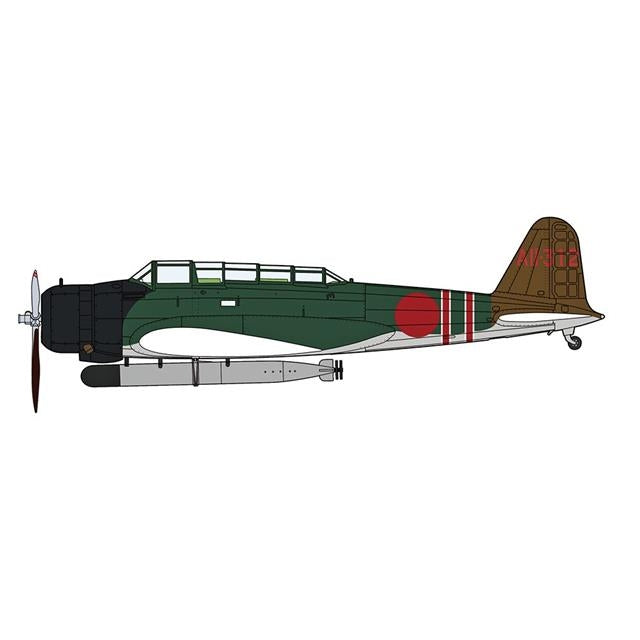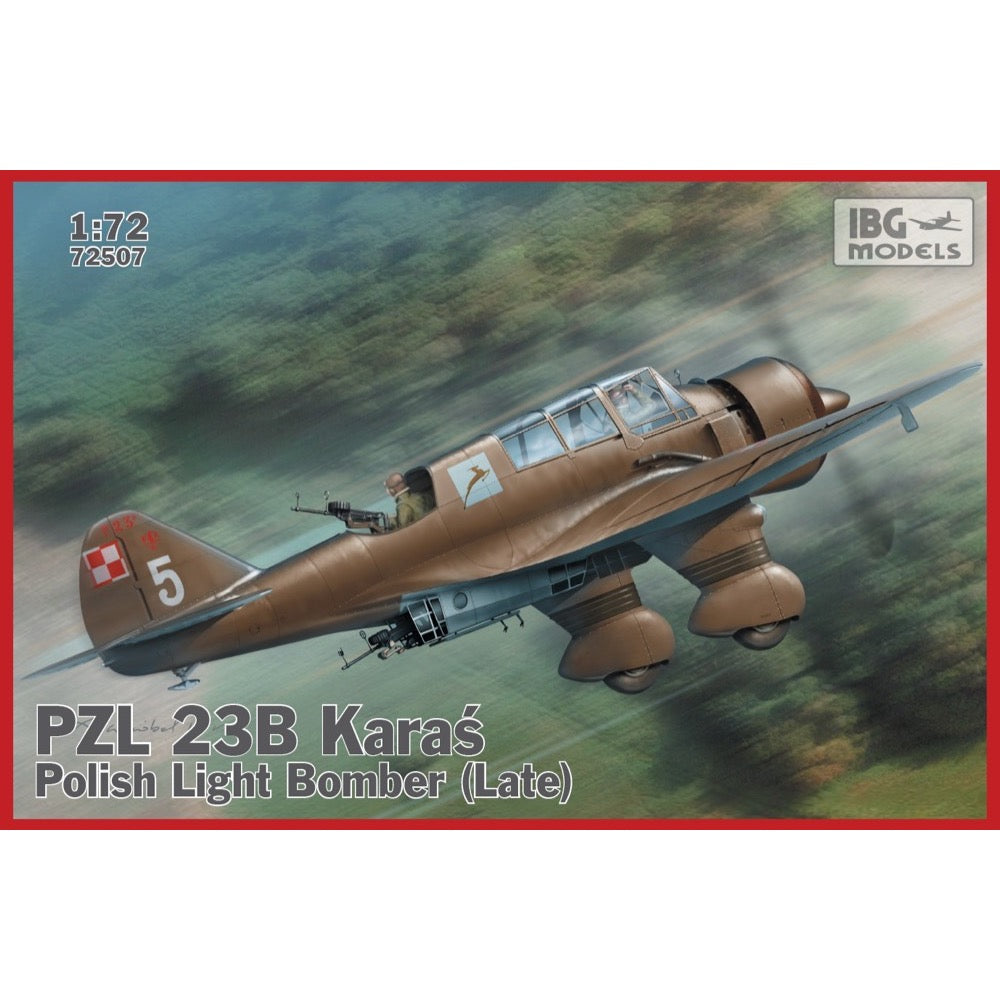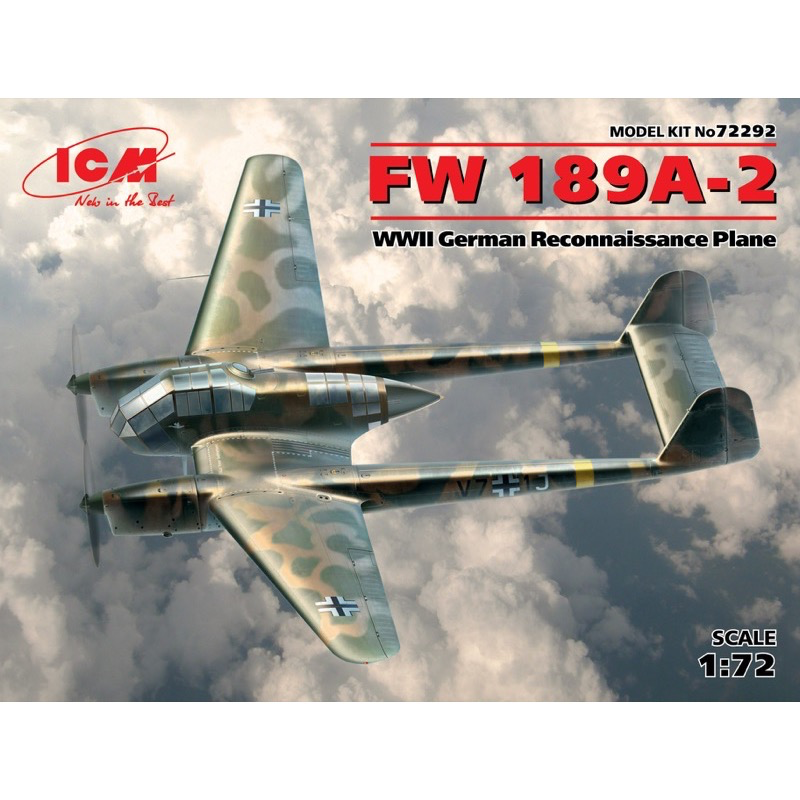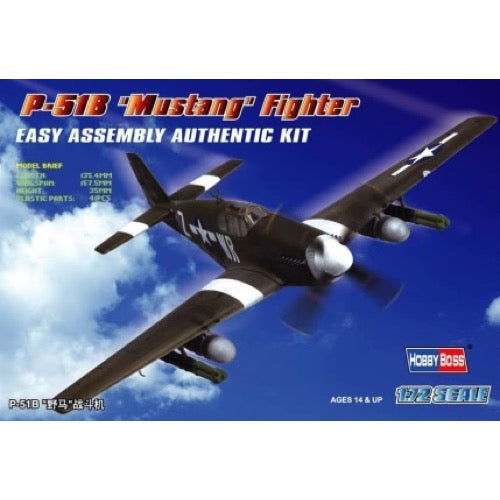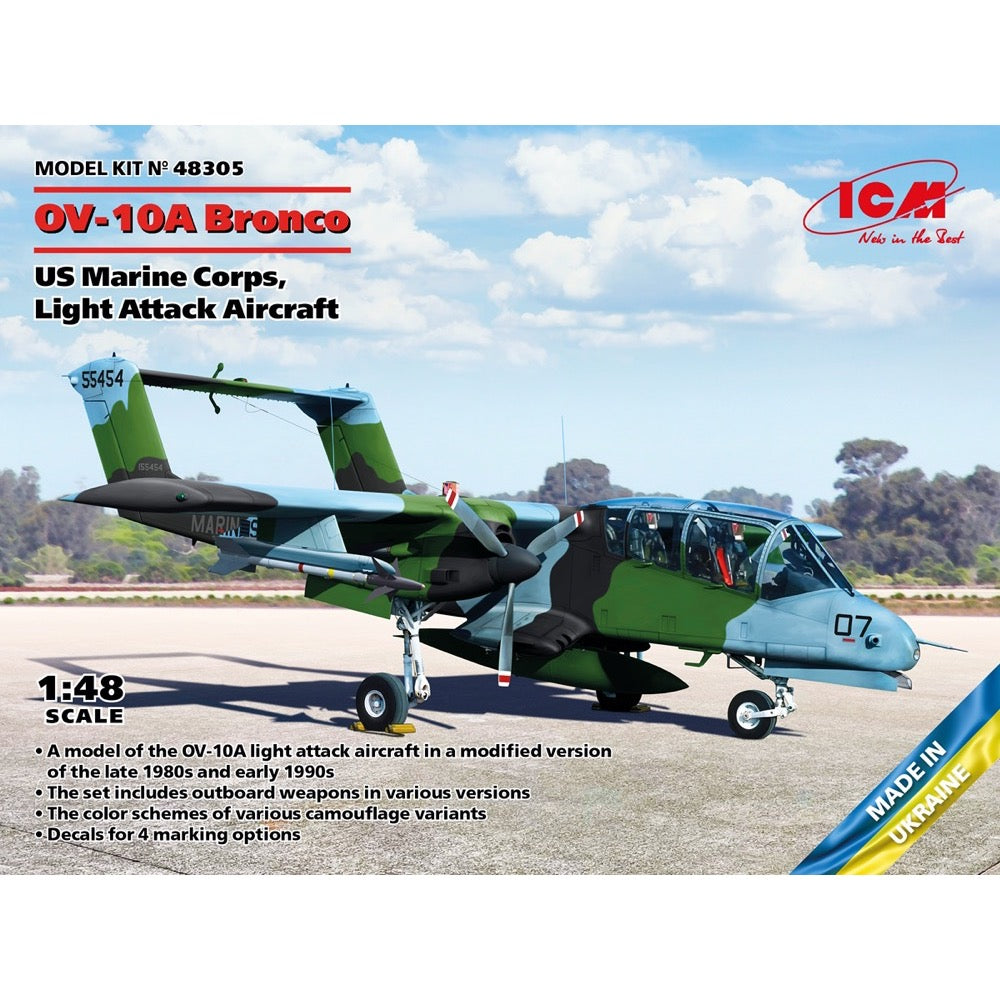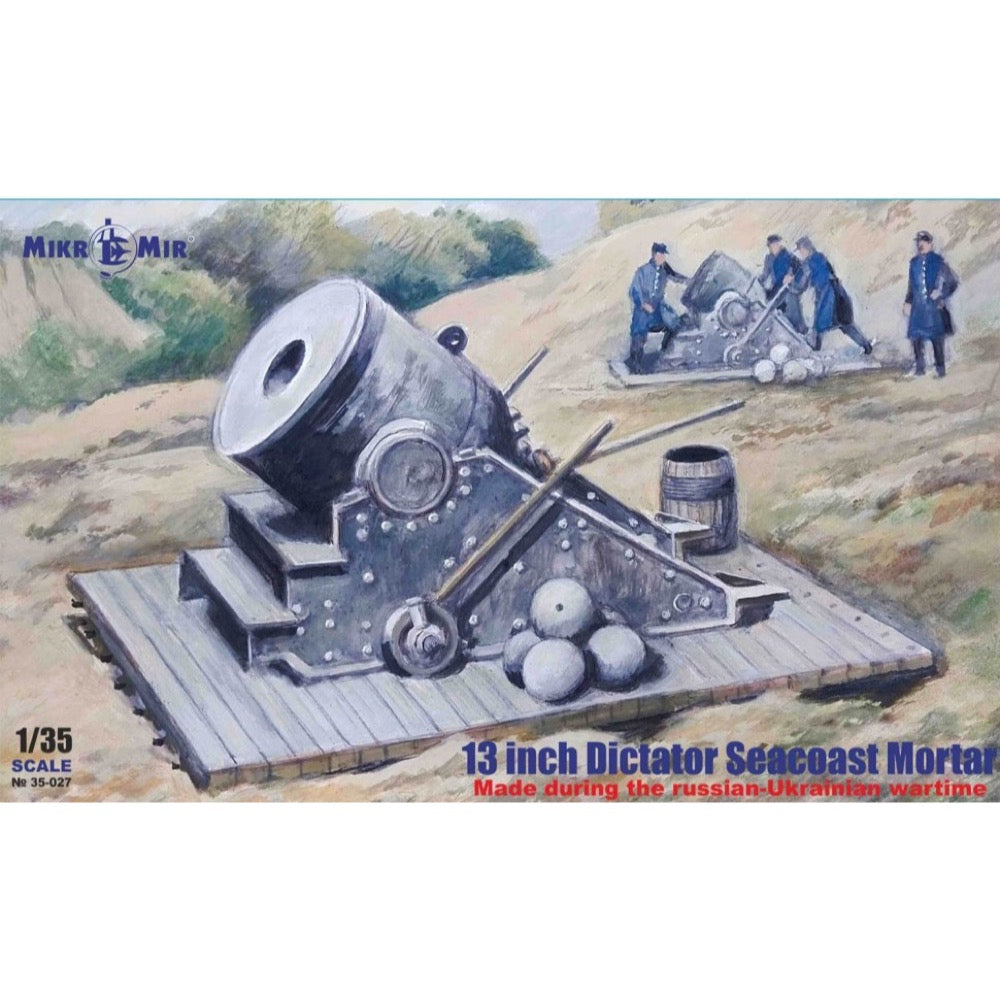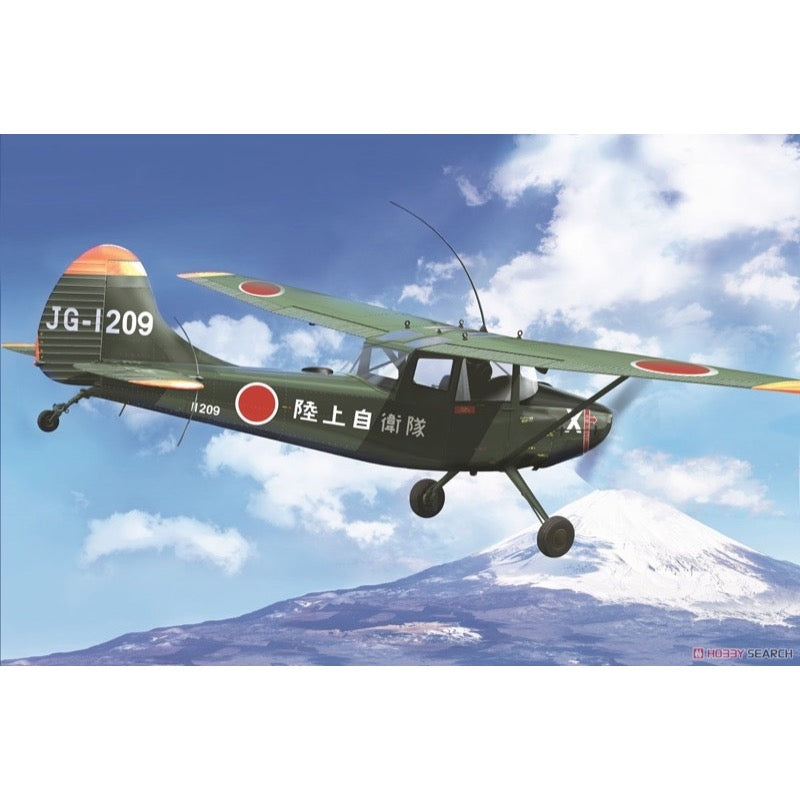
Roden 627 1/32 Cessna L-19/O-1 Bird Dog Asian Service
27.00
$
<p>In the late 1940s the Commander of the U.S. Air Force announced a competition for an aircraft to conduct air correction of artillery fire, which would also be used as a communications airplane. The need to develop a new plane was connected to the fact that the previous aircraft types in this category dated back to World War II and had an archaic design, including the use of such materials as wood and canvas, with which the flying surfaces were covered. The new aircraft was required to be all-metal. Of the proposals tendered, the winner was the Cessna company, which according to the specifications required for the new type significantly modified their earlier Model 170. Primarily the changes concerned the fuselage, improving the view towards both the upper and the rear hemisphere. The plane could transport a pilot and one passenger, or one wounded on a stretcher; for this purpose the cabin doors were enlarged and special mounting brackets were fitted. Series production of the new type, officially named the L-19/O-1 Bird Dog, began at the end of 1950, and soon the initial order of 418 units was increased to 3,600 planes, in light of its great potential. The O-1 was delivered not only to army aircraft and training departments, but also to units of the U.S. Marine Corps, where it was named the OE-1. In training units they were used purely for instrument training of pilots in flight conditions, and this variant was called the TL-19D. The first experience of the O-1 in combat conditions during the Korean War proved that the plane could be used also as an operational trainer, using light munitions. Their main task was the marking of targets for other, more powerful strike planes using unguided rockets. Such machines, which were modified according to the new requirements, were designated TO-1A and TO-1E. The Vietnam War, which escalated in the following decade with even greater forces engaged, once again proved the need for an aircraft of this class. The O-1 was used with great success for reconnaissance, as an artillery spotter, convoy escort, communications plane and also for light strike. During this period they received new designations as O-1F and O-1G. Despite the emergence of more modern aircraft which performed the same military functions, such as the O-2 Skymaster and OV-10 Bronco, the O-1 remained in front line service because of its unique characteristics, especially the ability to take off and land on smaller and unprepared airfields. Its military career officially ended only in 1974, when a formal decision was adopted to exclude the O-1 from combat operations.A small number of O-1s was transferred to the Air Force of Asia - these aircraft were used by the Self-Defense Forces of Japan, the Air Force of Thailand. Cambodia, Indonesia, Taiwan, Phillipine and South Vietnam. After that time a small number of O-1s were used in civil air patrol service, while others were sent for scrap or resold to private owners. The total number of O-1s produced reached nearly 3,500 units. </p>
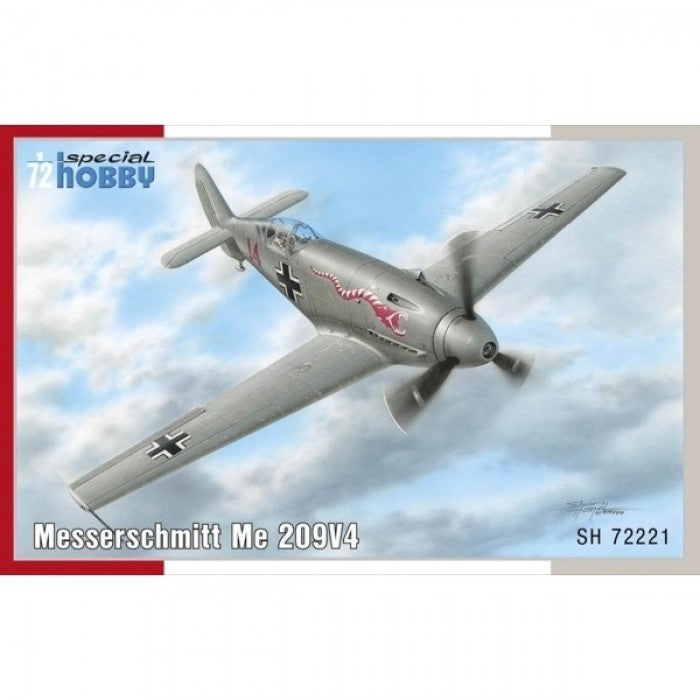
Special Hobby 72221 1/72 Messerschmitt Me 209V-4
15.00
$
<h3>Messerschmitt Me 209V-4</h3>
<p>In the 1930s, in the time of the rearmament, Germany tried to showcase their military power also by breaking aviation records. This effort, backed by the state, brought many new records including the most prestigious one, the world speed record. Of interest might be the fact that two German aviation companies rivaled to achieve the record, namely Heinkel and Messerschmitt, each of which had their opponents and sympathizers in the Nazi state offices.</p>
<p>When the Messerschmitt Bf 109V-13 with pilot Dr.Hermann Wurster at the controls achieved the top speed record on 11 November 1937, the Heinkel team had already been working on a new record aircraft, the He 100. The speed record of the Bf 109 V-13 was at first broken by famous WW1 pilot Ernst Udet in the cockpit of the He 100 V2, later on 30 March 1939 also by Hans Dieterle who in fact achieved not only land plane top speed record, but also the absolute top speed record, which until that time had been held by Italian Macchi MC.72 racing floatplane. No wonder that the Messerschmitt’s answer came very soon as Fritz Wendel achieved 755.138 kmh in a machine that was for the record breaking attempt named the Me 109R to fool the public and make them think it is just an improved variety of the Bf 109 standard fighter. But in reality, it was a completely different type, that had been designed as Project 1059 and got designation the Me 209 by the German Air Ministry (RLM). This high speed version aircraft had been designed as a small low-wing monoplane with retractable undercarriage and pilot’s cockpit behind the wing. The plane was fitted with a Daimler-Benz DB601 water cooled engine with a system of wing surface radiators. The cooling water evaporated from those radiators and its supply was enough only for a 30min’s flight. The RLM placed order for a total of three speed prototypes and several further prototypes of the planned military fighter version.</p>
<p>The first prototype Me 209V-1 (W.Nr.1185) with registration D-INJR was taken aloft for the first time on 1 August 1938 with Dr.Ing.Hermann Wurster at the controls and with only a half full fuel and coolant tanks. Trouble with the engine, cooling system, stability and also other issues occured right during the first flight. Not even the second prototype, the Me 209V-2 (W.Nr.1186) which made its first flight on 8 February 1939 did any better. What is more, it was destroyed shortly after during a crash on 4 April 1939. As at that time, the world record had already been broken by the He 100V-8, all effort was made to prepare the first prototype (Me 209V-1) for the record attempt. The machine got a unique DB-601ARJ engine, its tail fin was enlarged and the machine was also painted high gloss blue overall. On 26 April 1939, Fritz Wendel managed to break the record, his top speed would not be surpassed until 1969 by the improved version of the Grumman F8F-2 Bearcat Conquest I (gained 820.824 kmh). Although the record machine proved to be a success, the planned military version fell rather short of that. It was fitted with a larger span wing, a standard type of power plant and radiators and also carried a 20mm cannon and two 7.92m MGs. The wing and the empennage were modified several times, but not even the latest upgrades enabled the type to see military service and just boosted the Nazi propaganda.</p>
<p>The Me 209V4 model contains two grey styrene sprues and one clear with a canopy hood. Smaller parts have been 3D designed and are injected into a metal-type mould. The decals offer markings for the V4 machine as it appeared in two various periods of its flying career. While scheme A shows the Me 209V4 as a propaganda machine with number 14 on its fuselage and a red-white snakes on either side of the nose, the other scheme brings the V4 with CS+BW registration as it flew during its test period.</p>
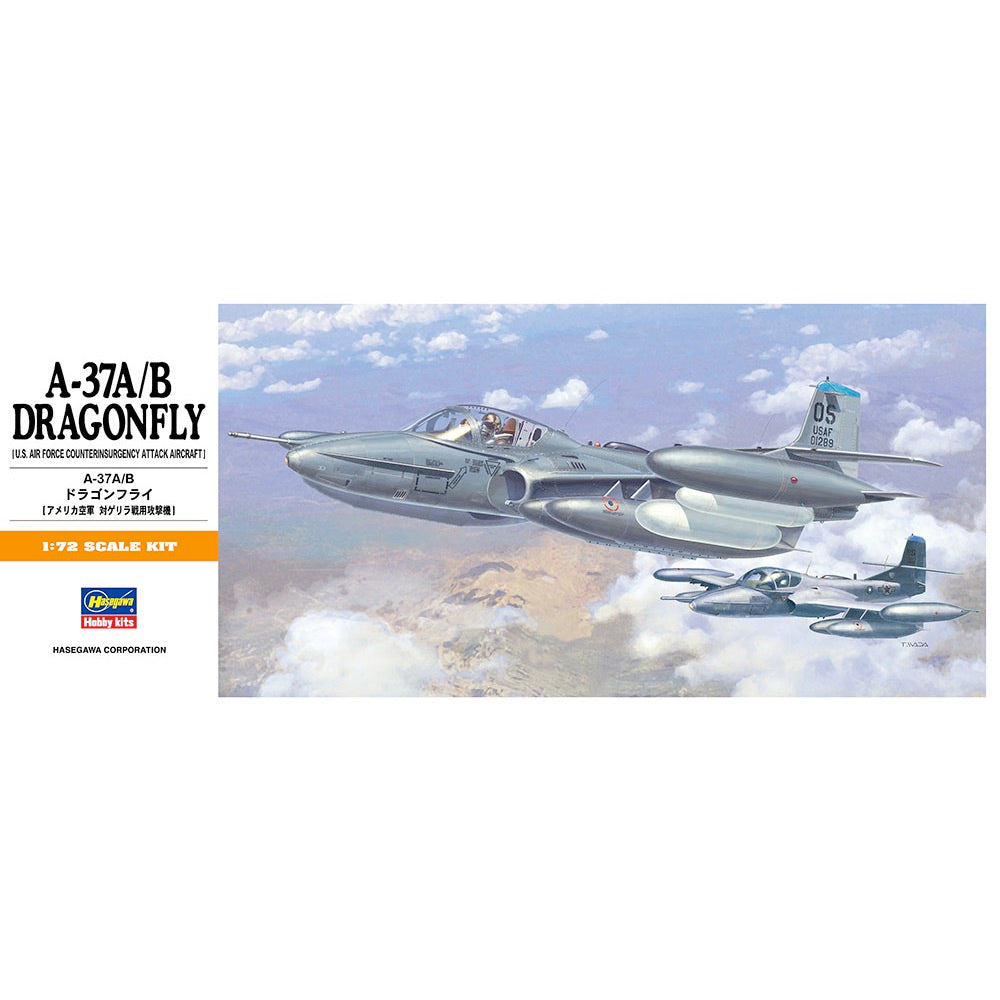
Hasegawa 00142 1/72 A-37 A/B Dragonfly
6.00
$
<p>The Cessna A-37 Dragonfly is a counterinsurgency attack aircraft, or COIN aircraft, developed from the T-37 entry-level jet trainer.</p>
<p>The A model was produced in 39 versions, based on the T-37B, followed by the B model, which had a more powerful engine and an in-flight refueling system. In 1980, the Air National Guard adopted the A-37B for Forward Air Control (FAC), designating it the OA-37B.</p>
<h3>Contents</h3>
<ul>
<li>
<p>Plastic sprue (Light gray), Plastic sprue (Clear), Plastic sprue (Light gray), Decalsheet (waterslide) (Multi-colored), Instructions (Paper) (Black & white)</p>
</li>
</ul>
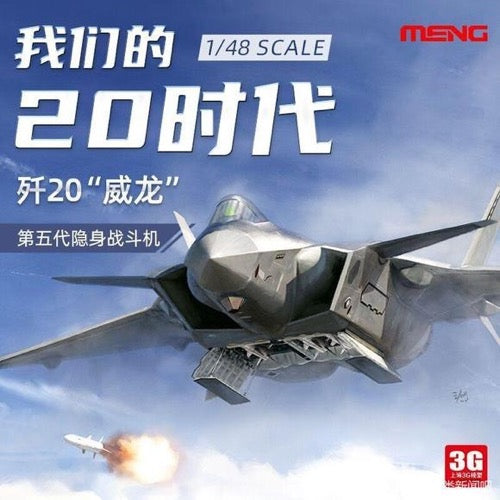
Meng LS-002 1/48 Chinese J-20 Stealth Fighter
60.00
$
<h3>1/48th Chengdu J-20 Mighty Dragon Model Kit!</h3>
<p>Chengdu J-20 “Mighty Dragon,” which descended from Beijing’s J-XX program of the 1990s. Originally designed as an air superiority fighter with precision strike capability by Chengdu Aerospace Corporation (CAC) — China’s second-largest fighter production base — the Mighty Dragon is actually the world’s third operation “fifth-generation” fighter aircraft after the United States F-22 Raptor and F-35 Lightning II.</p>
<p>Model Length 438mm / Wingspan 270mm / Height 97mm</p>
<h3>Features</h3>
<ul>
<li>The cockpit can be posed opened or closed, with the detonator chord for the canopy moulded also.</li>
<li>Details of the ejection seat are precisely replicated inside the cockpit. The sawtooth stealth coating on the surface of the aircraft is also represented.</li>
<li>The trailing edge controls can be posed extended or retracted.</li>
<li>The full motion of the canards are able to be replicated.</li>
<li>The leading edge flaps can also be posed.</li>
<li>The tyres are made from vinyl. The refuelling probe can be posed extended, while the pilot's ladder is included. The short range PL-10 and longer range PL-15 missiles are included for the inside bays.</li>
<li>The twin tails can be rotated like the real aircraft.</li>
<li>The engine nozzle & internal parts of the WS-15 engines are represented.</li>
<li>The internal details of the weapons bay, side-bays are represented so they can be posed open or closed.</li>
<li>The saw toothed landing gear doors and bay are represented in detail.</li>
<li>Decals are included of course, and the kit is said to have around 260 parts.</li>
</ul>
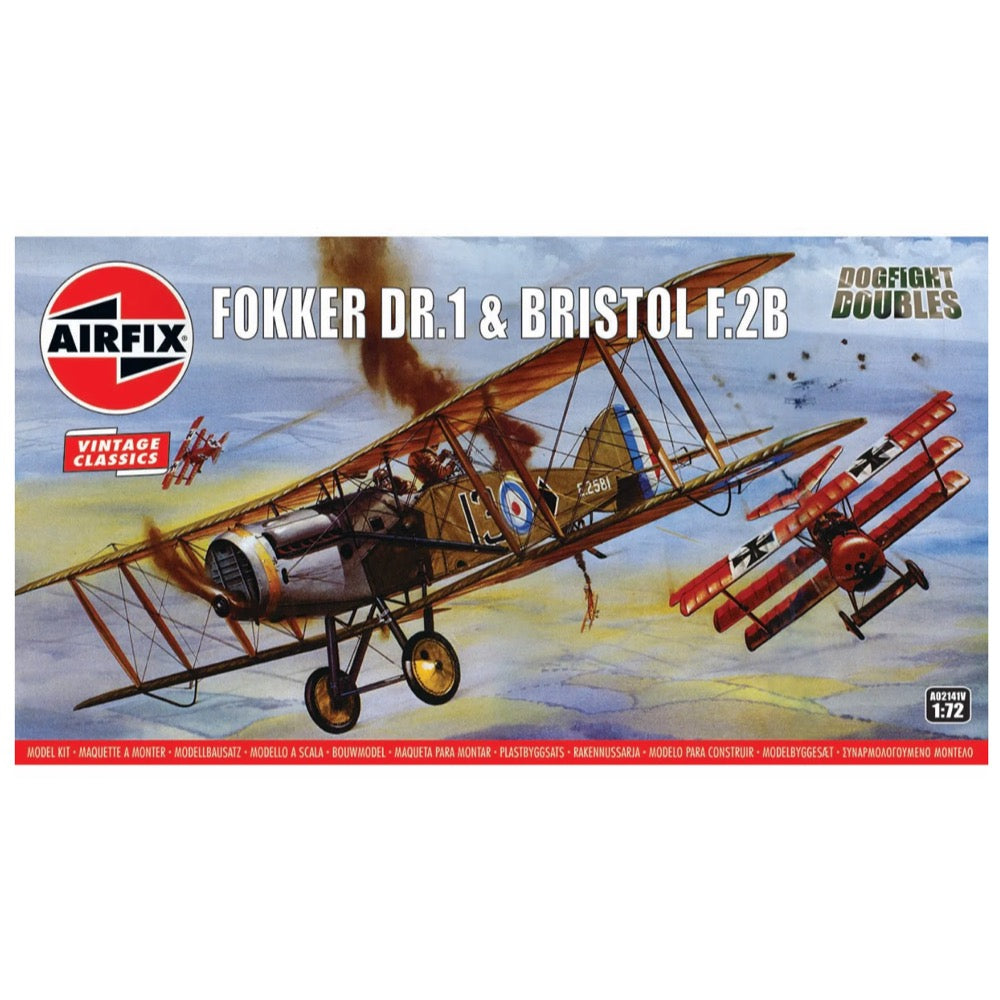
Airfix 02141V 1/72 Fokker DR1 Triplane & Bristol Fighter Dogfight Double
10.00
$
<p>The development of aviation was nothing short of astonishing during the First World War, transforming from flimsy, unarmed observation platform to deadly seekers of the sky. The year 1917 would prove to be significant one, as the British introduced their capable Bristol F.2B fighter and the Germans their Fokker DR.1. The scene was set for a period of unrelenting aerial combat, as both sides struggled for supremacy of the skies.</p><p>The pace of aviation development during the First World War was nothing short of astonishing, with aeroplanes transforming from flimsy, unarmed observation platforms to deadly dominators of the sky in less than a twelve month period of fighting.</p><p>The year 1917 would prove to be a significant one for the air war over the trenches of the Western Front, as the British introduced their capable Bristol F.2B Fighter, a true multi-role aircraft and the Germans their Fokker DR.1, an aircraft which would be made famous by the feared Manfred von Richthofen.</p><p>The scene was set for a period of unrelenting aerial combat, as both sides struggled for supremacy of the skies.</p><h3>Specifications</h3><ul>
<li>Item Length - Without Packaging (cm): 10.9</li>
<li>Item Height - Without Packaging (cm): 4.1</li>
<li>Item Width - Without Packaging (cm): 16.6</li>
<li>How many pieces will be found in the box opened by the customer?: 33/24</li>
<li>Item Scale: 1:72</li>
<li>Contents (what's in the box) sets: Plastic model kit, instruction sheet, paint layout sheet and decals.</li>
<li>Finish: Plastic</li>
<li>Number of Scheme options: 1</li>
<li>Skill Level: 3</li>
<li>Flying Hours: 1</li>
<li>Wingspan (mm): 166</li>
</ul>


